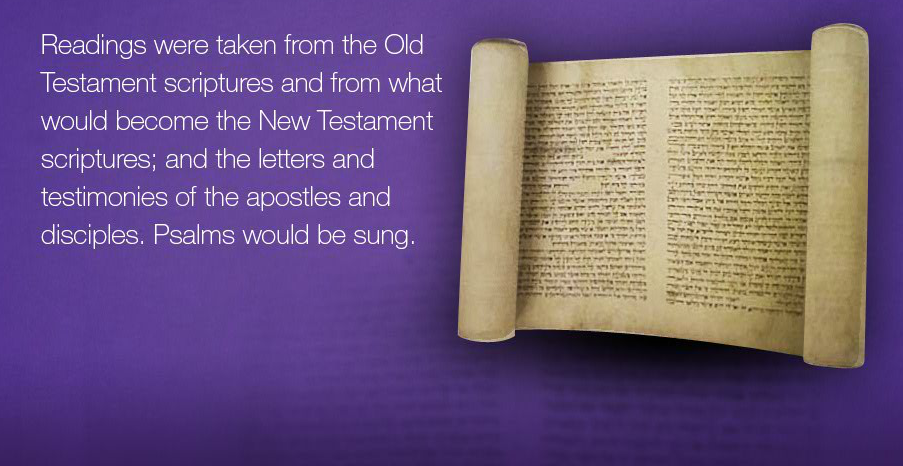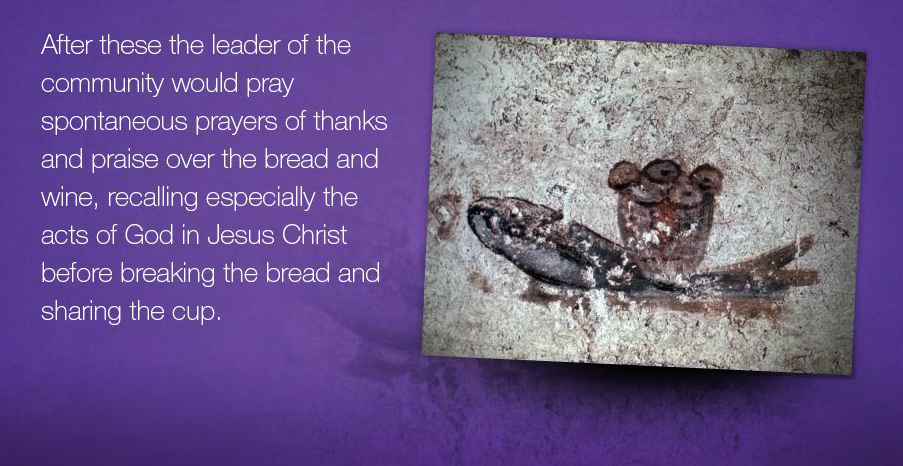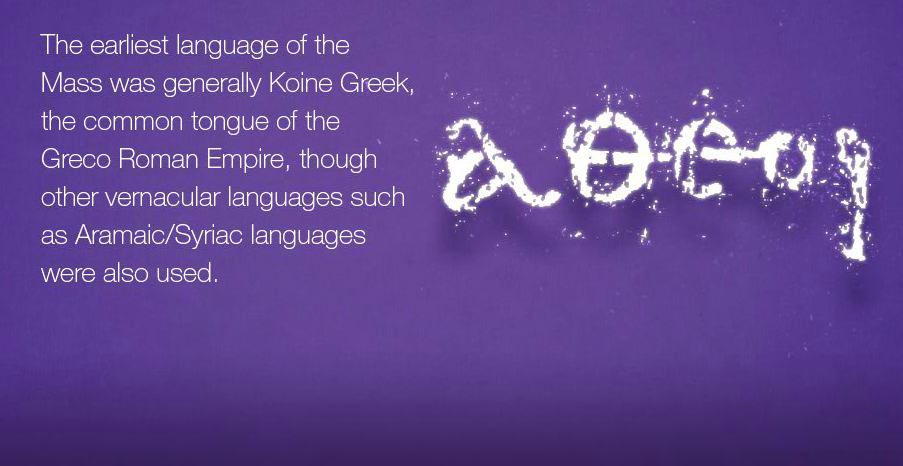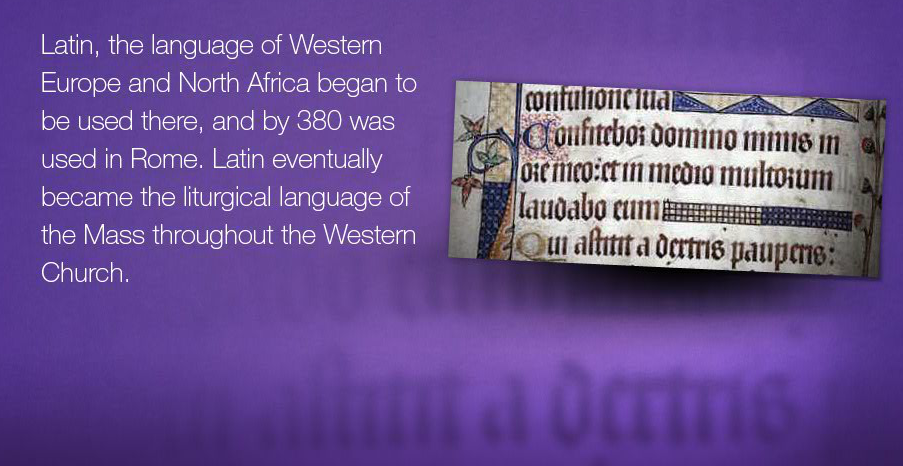THE EARLY CHURCH
For the first three centuries the Eucharist celebrated in houses, in homes and in secret.
For the first three centuries the Eucharist was celebrated in the houses and homes of Christians. In times of persecution these celebrations would have been in secret, in catacombs and other hidden spots. At other times Christians gathered together openly in each others’ homes or in ‘house churches’ for the Eucharist though Mass was not celebrated publicly as it is in our own time.
The liturgy around the core of the Eucharist, the re-enactment of Jesus’ words and actions at the Last Supper, developed gradually. Christians borrowed from the Jewish synagogue ritual a service of readings and prayers which preceded the taking, blessing and breaking of the bread.
Readings were taken from the Old Testament scriptures and from what would become the New Testament scriptures; and the letters and testimonies of the apostles and disciples. Psalms would be sung.
After these the leader of the community would pray spontaneous prayers of thanks and praise over the bread and wine, recalling especially the acts of God in Jesus Christ before breaking the bread and sharing the cup. Thus from early times the structure of the Liturgy of the Word and the Liturgy of the Eucharist was established.
This is how St Justin described the Eucharist around the year 150:
On Sunday we have a common assembly of all our members, whether they live in the city or the outlying districts. The recollections of the apostles or the writings of the prophets are read, as long as there is time. When the reader has finished, the president of the assembly speaks to us; he urges everyone to imitate the examples of virtue we have heard in the readings. Then we all stand up together and pray. On the conclusion of our prayer, bread and wine and water are brought forward. The president offers prayers and gives thanks to the best of his ability, and the people give assent by saying, “Amen”. The Eucharist is distributed, everyone present communicates, and the deacons take it to those who are absent.
The earliest language of the Mass was generally Koine Greek, the common tongue of the Greco Roman Empire, though other vernacular languages such as Aramaic/Syriac were also used. Latin, the language of Western Europe and North Africa began to be used there, and by 380 was used in Rome. Latin eventually became the liturgical language of the Mass throughout the West while Greek remained the chief, but not the only, liturgical language of the East.
For Reflection and Discussion
1
What is the linguistic origin of these liturgical words and what do they mean – Eucharist, Alleluia, Kyrie Eleison, Maranatha, Mass, Agnus Dei, Deacon? What do they tell us about the origins of the Eucharist?
2
Rule a page into two columns. Break down Justin’s account of the Eucharist into its component parts and match them to the parts of the Eucharist as we celebrate it in the 21st century.
3
How is the ministry of Bishops and Priests now similar to their role then? How do they differ?
4
Look carefully at the images of the Eucharist depicted in the catacombs and notice who the participants are and what they are doing. What would they think of the way Eucharist is celebrated today? What can we learn from them? Do you think most Catholics today would risk their lives to celebrate the Eucharist? Give reasons for your answers.
Further Resources
BOOKS
Bradshaw, P, Early Christian Worship: a Basic Introduction to Ideas and Practice, SPCK, London, 1996







